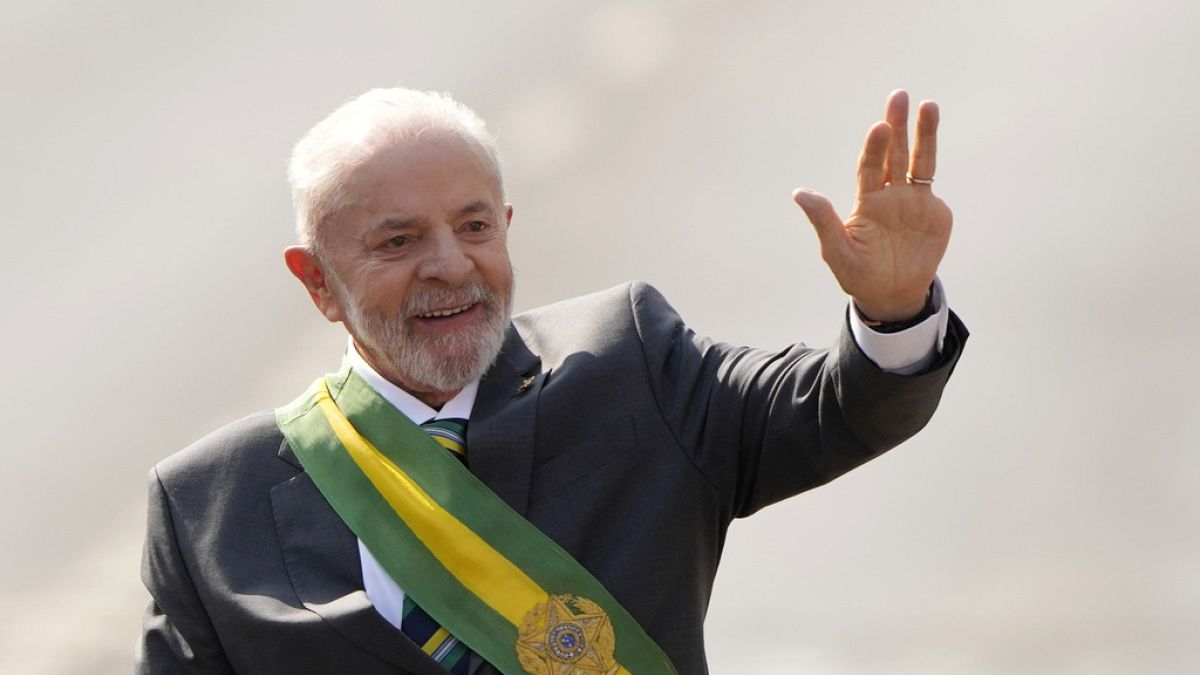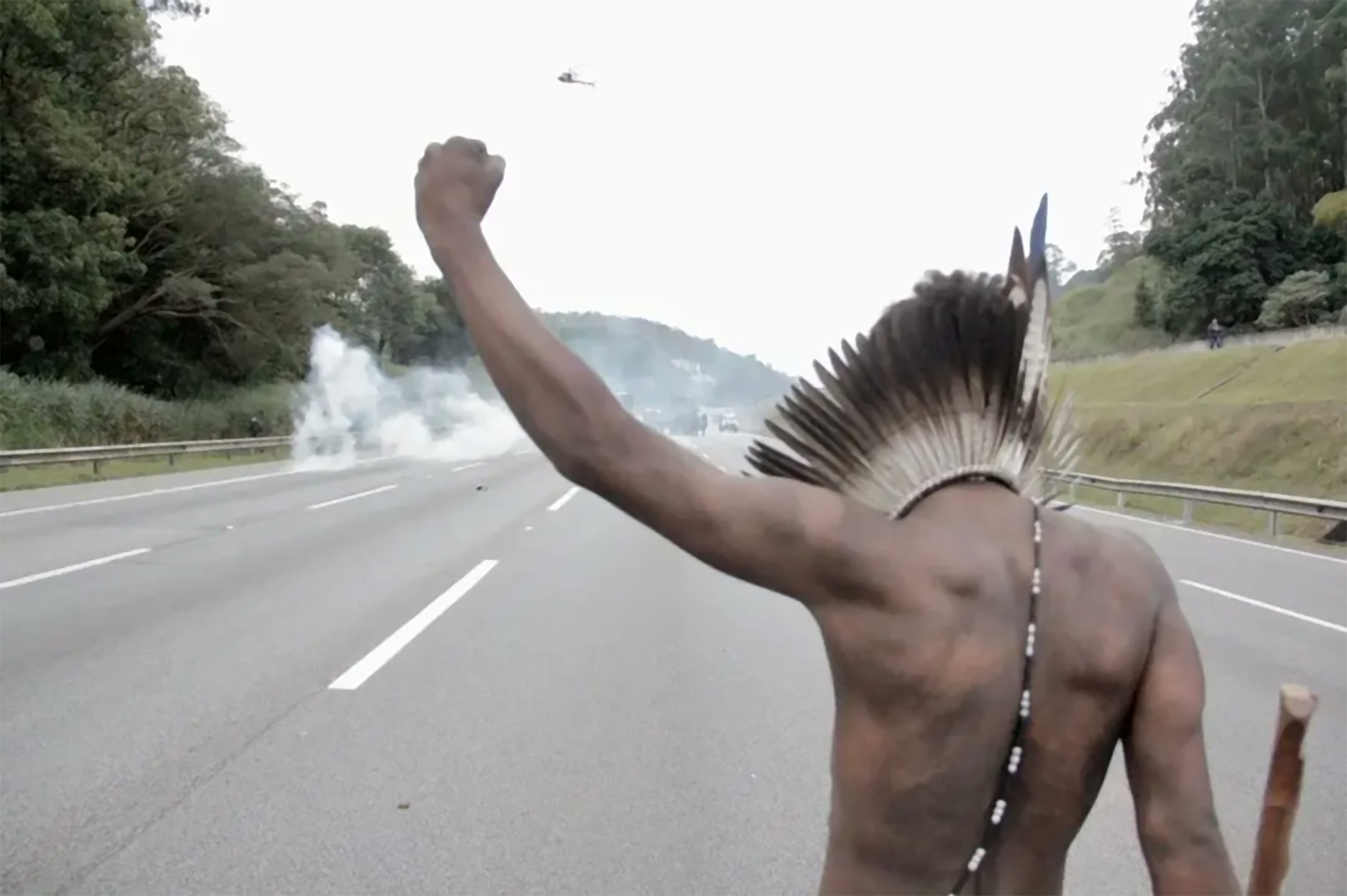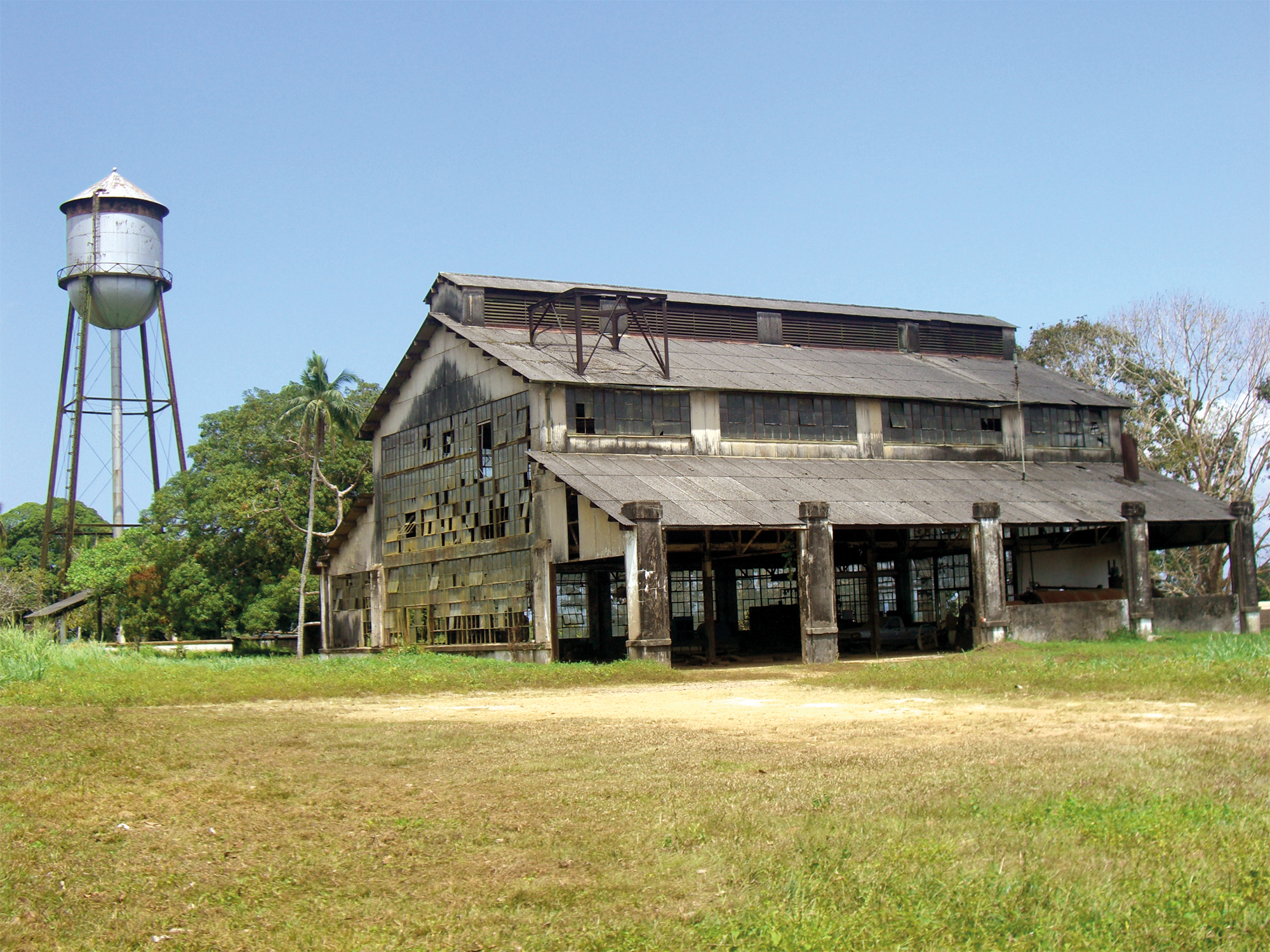Carandire prison massacre celebrates 30 years with impunity
- On 2 October 1992, at least 111 prisoners were murdered by the police in Carandiri prison in Sao Paulo in a few minutes. "On that day it showed that the democratization of the country had not managed to change the way the state treated prisoners, black and poor," they reported in the independent media Ponte. They are 30 years old with total impunity, never condemning anyone for the brutality committed in the largest prison in South America.

This is what Agencia Brasil told on its 30th anniversary: On the afternoon of October 2, 1992, around 14:00, on the eve of the municipal elections, two prisoners began fighting in hall number nine, built in jail in the Caranmonero neighborhood, north of Sao Paulo, in the 1920s. The complex consisted of seven pavilions. At that time, there were 7,257 prisoners, 2,706 of whom were in the ninth ward, most of whom were persons who were serving the first prison sentence or who were pending trial.
"In Carandi the atmosphere was tense," said the priest Sidney Salles, who worked with the prisoners in Ponte's same story. The struggle for fear and life in this daily bread for those who lived under the care of the State. Every day there was a dispute between the prisoners, which was usually resolved in one of the corridors of the sentence we called 10th Street, where the prisoners wrestled with the knives and the strongest left alive.
The struggle between two prisoners initiated for drug issues quickly spread and became a rebellion. The prison director called the Military Police. After the failure to negotiate with the prisoners, the Police decided to use machine guns, rifles and pistols. 111 people died that day, most of them shot by the police. 89 were in pre-trial detention, not yet tried.
The photojournalist Paulo Sergio Pinheiros told him that after the massacre he was able to access it: "When I arrived, they were cleaning the hallways, but it was a water filled with blood. I had the opportunity to visit some cells and photograph them, and although I'm not a ballistics expert, it was clear that they were executions. By the height of the bullet marks inside the cell, it was observed that they were executions, as later proved by the coroners".
“It is considered the most serious action against human rights in the history of Brazil,” can be read in Euskera in the Wikipedia article on the event. Not those who shot, let alone those who ordered to shoot, that in 30 years no one has paid for those crimes.

A decade after Sarraskia in 2001, Colonel Ubiratan Guimarães, in charge of the operation, was sentenced to 620 years in prison for being responsible. However, in 2006, the Brazilian courts suspended the sentence on the grounds that the colonel only complied with the orders and thus liberated the only person who was convicted of the event.
However, the massacre caused great anger among Brazilian prisoners, who in 1993 formed an armed organization called Primeiro Command da Capital. Soon after the death of the then prison director, José Ismael Pedrosa.
In 2013, 74 military police officers who participated in the massacre were convicted, but the fourth Criminal Chamber of the Court of Justice of São Paulo suspended its sentences in 2016.
Were there 111 deaths?
Those who saved life that day say the deaths were more than those declared by the government. Witnesses recall that the official version initially stated that two prisoners died in Carandi, then eight, and that when the massacre was released, it was 111.
"We think the amount is much larger. No one agrees with the amount 111, only the State – says former Presidio Maurício Monteiro, Ponten. They recognize number 111, because it's the number of families that appeared in search of their families, but don't the families that abandoned the families, the ones that didn't receive visits? For the state, if no one asks for you, it doesn't exist."
The film Carandiri was screened on this event in 2003. Below you see the trailer. And the fans of the Brazilian group Sepultura may know the Manifest song, also composed from these facts.
There are several people to study, including Elon Musk. The idea of freedom that they have seems to come from the need to control everything, to have all the power, because being all the power is easier to create business, there is no discussion; the hegemonic models grow with... [+]
Many Basques await the arrival of sunny summer days. “It’s not common for this time to be done in May,” some say, “earlier it was,” others. The people of Lazkao and Maule do not know how to blame climate change and what not, but they have surprised the heavy spring... [+]










-(1).jpg)











